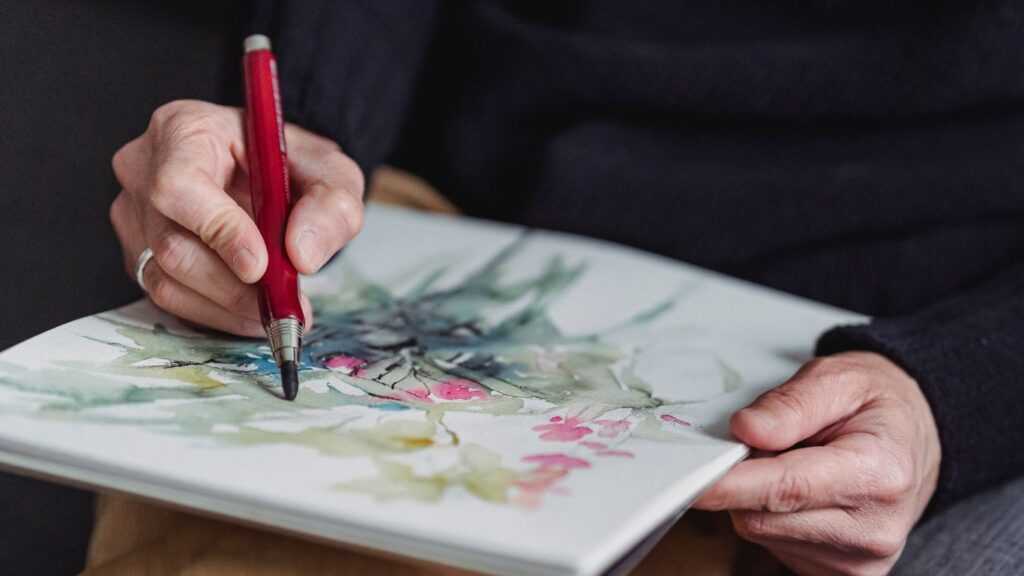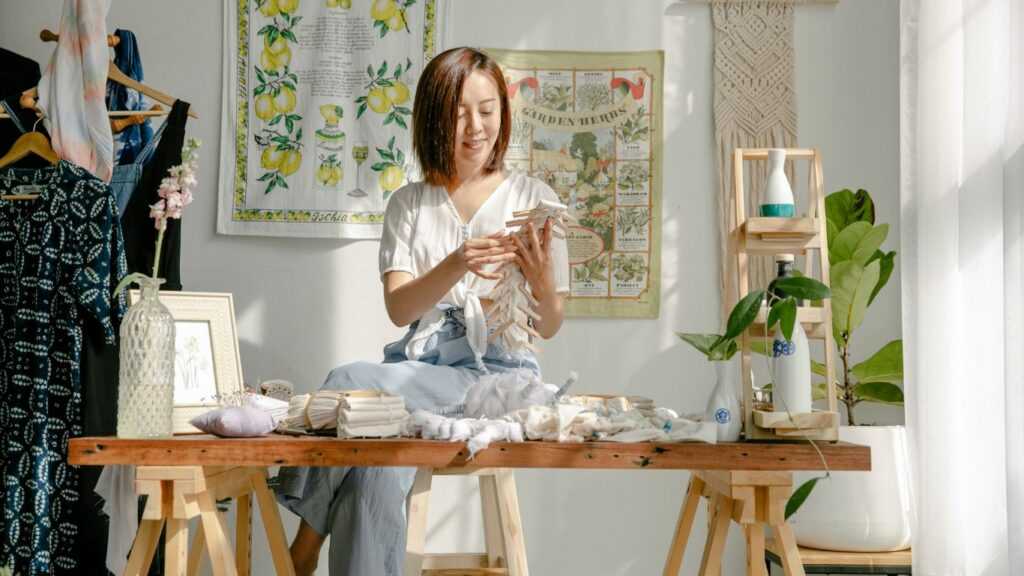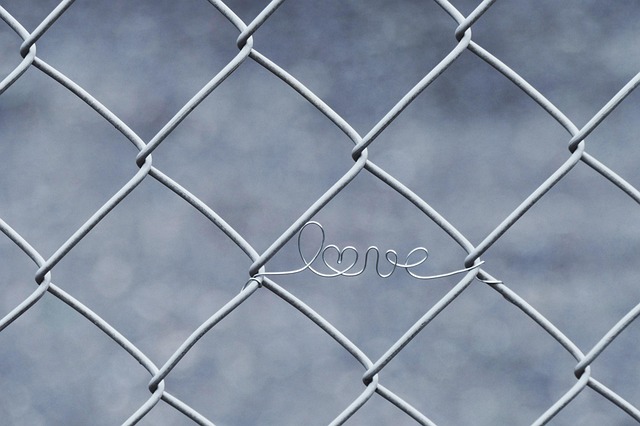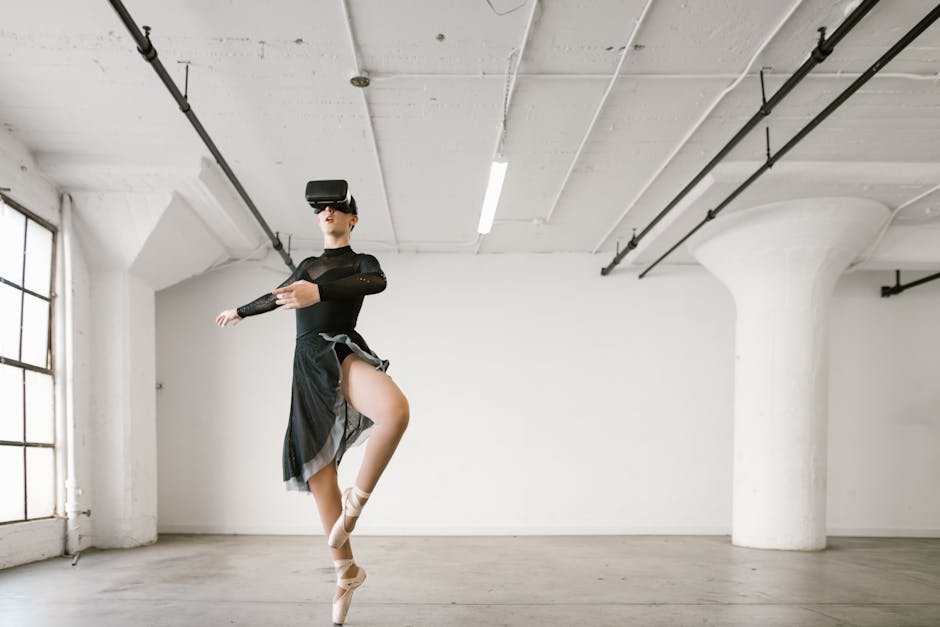Scrolling through Instagram or TikTok, it’s impossible to ignore the explosion of creativity reshaping contemporary art. Artists now have unprecedented platforms to showcase their work directly to global audiences, bypassing traditional gatekeepers like galleries and museums. This shift is democratizing the art world, making it more accessible and diverse.
I’ve noticed that social media doesn’t just offer exposure; it also fosters real-time interactions between artists and their audiences. This dynamic exchange can influence an artist’s creative process, encouraging experimentation and innovation. As we dive into how social media is shaping contemporary art, we’ll explore the profound changes that are redefining what it means to be an artist today.
The Impact of Social Media on Contemporary Art Trends
Contemporary art trends have shifted dramatically due to social media. Platforms like Instagram and TikTok play pivotal roles in these changes.
1. The Rise of Instagram Art and Visual Culture
Instagram has become a hub for visual culture and contemporary art. Artists showcase their work to a global audience, eliminating traditional gatekeepers. The platform’s visual nature boosts engagement for art posts. For instance, hashtags like #Art and #Artist have millions of uses, making discovery easier.
Artists benefit from Instagram’s feature set. Stories and IGTV allow for real-time interaction and longer format showcases. Collaborations have also surged, where artists partner on posts to cross-pollinate their audiences.
2. How TikTok and Reels Influence Short-Form Art Content
TikTok and Instagram Reels prioritize short-form content, transforming how art is consumed. Artists create quick, visually engaging content that captures viewers’ attention in seconds. This format has led to new creative methods focused on brevity and impact.
Virality is common on these platforms. Videos showcasing live painting, digital art creation, and interactive installations often garner millions of views. Algorithms favor creative, high-engagement content, pushing artists to innovate constantly.
Through these platforms, contemporary art has a new playground where creativity meets social influence, shaping trends in real time.
Social Media’s Role in Artist Visibility and Reach
Social media has redefined how artists gain visibility and expand their reach, opening new avenues for exposure and engagement.
Breaking Geographical Barriers in the Art World
Social media platforms connect artists with global audiences, removing geographical limitations. Artists from any part of the world can gain recognition and followers internationally. For instance, Instagram enables artists to share their work with millions, often attracting media coverage and gallery interest. This broad reach democratizes art discovery, allowing talented individuals to gain opportunities regardless of their location.
Social Platforms as Modern-Day Art Galleries
Modern social platforms function as virtual art galleries, showcasing artists’ portfolios to a vast audience. Instagram profiles often serve as curated exhibitions where artists display their best work. Features like Stories and IGTV allow for deeper engagement, offering viewers behind-the-scenes looks and process videos. TikTok and Instagram Reels enable artists to present their creations in captivating short clips, making art accessible and engaging for a diverse audience. Through these platforms, artists experience increased visibility and greater opportunities for financial success.
The Commercialization of Art Through Social Media

Social media has drastically changed the commercial landscape of contemporary art. The introduction of platforms like Instagram and TikTok has opened new avenues for artists to monetize their work.
The Shift from Traditional Sales to Online Marketplaces
Artists now sell original pieces and prints directly through online marketplaces. Traditional galleries once held significant sway in the art market, but online platforms have democratized sales. Sites like Etsy, Saatchi Art, and even Instagram Shops allow artists to connect with buyers without intermediaries. For example, an artist can list a painting on Etsy and share it on Instagram, reaching thousands instantly. This direct access empowers artists financially and creatively.
Influencer Collaborations and Sponsored Art
Influencer collaborations have become a lucrative channel for artists. By partnering with popular influencers, artists gain exposure to vast audiences. For instance, an artist collaborating with a high-profile Instagram influencer can see a significant spike in followers and sales. Sponsored art, where businesses pay artists to create content, offers another revenue stream. Brands often commission artists to create visually appealing posts or videos. This relationship benefits both parties: businesses gain unique promotional content, and artists receive financial support and increased visibility.
Challenges and Criticisms of Social Media in the Art World
Social media has brought transformative benefits to contemporary art, but it hasn’t been without challenges and criticisms.
Questions of Artistic Authenticity
- Authenticity Debates: Debates about authenticity have intensified with the rise of social media in the art world.
- Compromised Integrity: Critics argue that the need for likes and shares can compromise artistic integrity.
- Pressure on Artists: Artists may feel pressured to create what they know will gain traction rather than pursuing their genuine vision.
- Rewarding Simplicity: Social platforms often reward easily digestible content over complex, thought-provoking pieces.
The Pressure of Constant Content Creation
- Constant Pressure: Artists face immense pressure to maintain a steady stream of new content.
- Negative Impact: This constant demand can lead to burnout and affect creativity negatively.
- Frequency Over Quality: The algorithm-driven nature of social media platforms often forces artists to prioritize frequency over quality.
- Stifled Innovation: This relentless pace can stifle innovation and result in work that feels repetitive and uninspired.
Conclusion
Social media has undeniably transformed the landscape of contemporary art. It’s given artists unprecedented opportunities to showcase their work, connect with global audiences, and monetize their creativity without relying on traditional intermediaries. Platforms like Instagram and TikTok have become essential tools for artists, fostering innovation and collaboration. However, the pressure to constantly produce content can sometimes compromise artistic integrity. Despite these challenges, the benefits of increased visibility and direct engagement with audiences make social media an invaluable asset for today’s artists. As the digital world continues to evolve, so too will the relationship between social media and contemporary art.

 Justin Langer is a key contributor at Info Wave Circle, known for his insightful articles and creative approach to technology and societal issues. With a deep passion for innovation and a knack for storytelling, Justin plays a crucial role in communicating the vision and achievements of Info Wave Circle to a broader audience.
Since joining the team, Justin has been instrumental in crafting compelling content that highlights the transformative potential of technology. His work not only informs but also inspires the Info Wave Circle community and beyond. Justin’s dedication to exploring new ideas and his ability to convey complex concepts in an engaging manner make him an invaluable asset to the organization’s mission of fostering innovation and societal progress.
Justin Langer is a key contributor at Info Wave Circle, known for his insightful articles and creative approach to technology and societal issues. With a deep passion for innovation and a knack for storytelling, Justin plays a crucial role in communicating the vision and achievements of Info Wave Circle to a broader audience.
Since joining the team, Justin has been instrumental in crafting compelling content that highlights the transformative potential of technology. His work not only informs but also inspires the Info Wave Circle community and beyond. Justin’s dedication to exploring new ideas and his ability to convey complex concepts in an engaging manner make him an invaluable asset to the organization’s mission of fostering innovation and societal progress.
